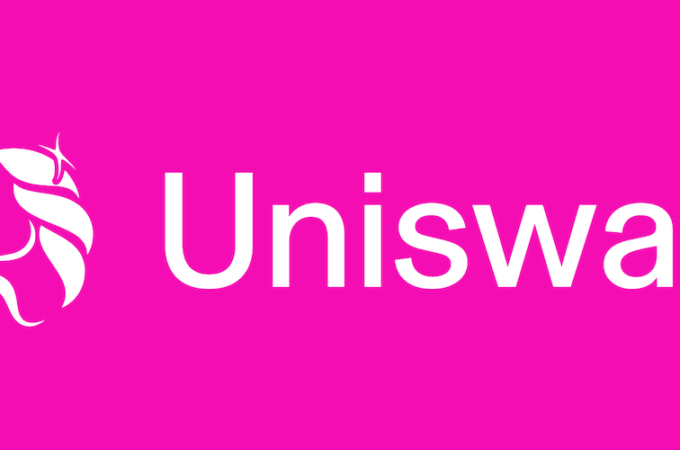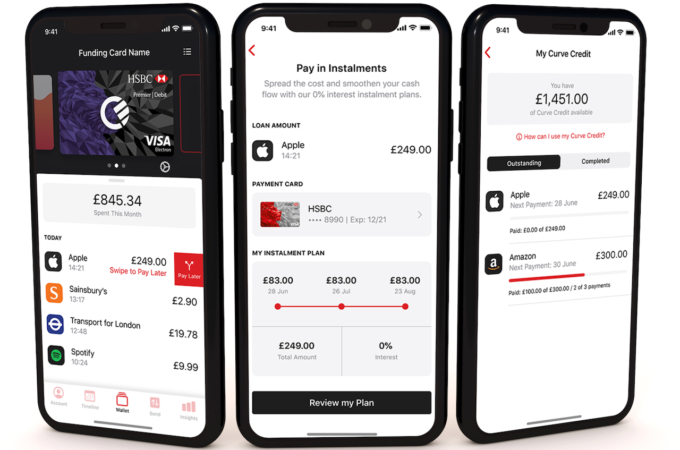
Why Samsung Pay needs partners to go forward
Samsung Pay users had the advantage over Apple Pay and Android Pay when it launched last year with a technology enabling mobile payments through virtually any merchant terminal—contactless or not—but that advantage quickly diminished.
A combination of Apple’s brand heft and merchants’ need to upgrade their terminals for EMV compliance has resulted in more stores being able to accept any contactless mobile wallet, leaving Samsung in need of a new differentiator. That might have been an app called Samsung Pay Mini, an app that supports payments through non-Samsung phones.
However, Apple this week rejected Samsung’s application to distribute its new Samsung Pay Mini approach through the App Store, which could be the first big indication of trouble for Samsung Pay’s growth model.
This trouble compounds with Samsung’s ongoing recall of its latest flagship phone, the Note 7, which risked exploding due to a flaw in its battery. This incident coincided roughly with the launch of the iPhone 7 and the Google Pixel, which no doubt drew consumers away from the Samsung ecosystem after they had to give up their Note 7 handsets.
The way forward for Samsung now will be pursuing distribution for Samsung Pay Mini via the Android platform, which is more open and typically does not require users to install apps from Google’s official app store. However, Android has its gatekeepers; notably, Google was unable to get most U.S. carriers to permit its own Google Wallet app on handsets when the wallet first launched.
Samsung didn’t address why Apple rejected its application, but the company said it’s pressing forward with the rollout of Samsung Pay Mini.
“We remain committed to delivering a more convenient and flexible payment experience and hope to expand opportunities that will help customers discover new mobile experiences. We’ll continue to keep consumers posted on key updates and developments related to Samsung Pay,” the company said via a spokesperson.
Samsung’s need for partnership has been an issue from the beginning. The company supports Samsung Pay only on Samsung devices — a large user base, but still a fraction of the overall Android ecosystem, especially given the premium Samsung charges for its own devices.
It could have faced even stricter limitations if it had stuck to its original timeline. The company planned to launch its mobile wallet in July 2015, but had to delay its launch to September to give banks time to sign on.
“I joined in January … and was given a heads up for the [originally planned] July U.S. launch,” said Samsung Pay vice president Haley Kim in an October 2016 interview with PaymentsSource. “There was not even a single signed contract with a bank then. I said, ‘Hey, I just want to give you accurate expectations. Getting even one contract signed could take six months at a bank.’”
The addition of execs like Kim, who has a background at U.S.-based Wells Fargo, gave Samsung the preparation it needed for a U.S. launch but still left the company with fewer supporters than the competing Apple Pay wallet. Even the issuers who signed on with Samsung Pay were not providing a consistent experience; Bank of America, for example, did not initially support a signup bonus, which the bank said was caused by a technical issue.
Samsung Pay now has broad support from banks and expects to enter its tenth global market before the end of the year.
First appeared at Payments Source





